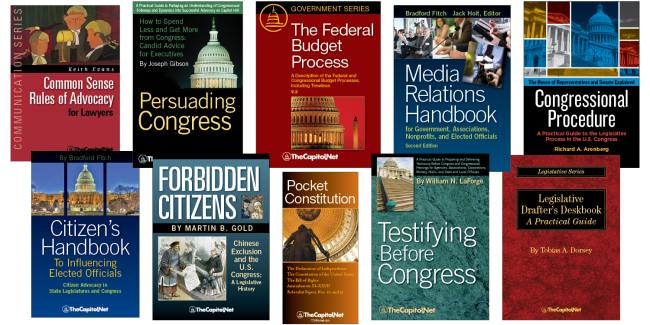From the Congressional Glossary – Including Legislative and Budget Terms
Table a Bill / Motion to Table
Diagramming how a bill becomes a law in the U.S.
Table a Bill: Motions to table, or to “lay on the table,” are used to block or kill amendments or other parliamentary questions. When approved, a tabling motion is considered the final disposition of that issue. One of the most widely used parliamentary procedures, the motion to table is not debatable, and adoption requires a simple majority vote.
In the Senate, however, different language is sometimes used. The motion may be worded to let a bill “lie on the table,” perhaps for subsequent “picking up.” This motion is more flexible, keeping the bill pending for later action, if desired. Tabling motions on amendments are effective debate-ending devices in the Senate.
Senator Lee on the motion to table the Due Process Guarantee Act amendment
Motion to Table: A senator may move to table any pending question. The motion is not debatable, and agreement to the motion is equivalent to defeating the question tabled. The motion is used to dispose quickly of questions the Senate does not wish to consider further.
Also see Cloture; § 6.220, Senate Amendment Procedure, in Congressional Deskbook.
More
- Senate Rule XXII (22). Precedence of Motions
- “Invoking Cloture in the Senate,” CRS Report 98-425 (6-page PDF
 )
) - “Cloture,” CRS Report 98-780 (7-page PDF
 )
) - “House Committee Markups: Manual of Procedures and Procedural Strategies,” CRS Report R41083 (220-page PDF
 )
) - “Resolving Legislative Differences in the Congress: Conference Committees and Amendments Between the Houses,” CRS Report 98-696 (40-page PDF
 )
) - “House Resolutions of Inquiry,” CRS Report RL31909 (29-page PDF
 )
) - “Defense Procurement: Full Funding Policy — Background, Issues, and Options for Congress,” CRS Report RL31404 (78-page PDF
 )
)
Courses
- Congressional Operations Briefing – Capitol Hill Workshop
- Drafting Federal Legislation and Amendments
- Writing for Government and Business: Critical Thinking and Writing
- Custom Training
- Drafting Effective Federal Legislation and Amendments in a Nutshell, Audio Course on CD
- Congress, the Legislative Process, and the Fundamentals of Lawmaking Series, a Nine-Course series on CD
Publications
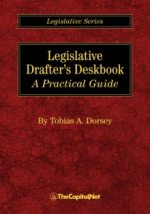
Legislative Drafter’s Deskbook: A Practical Guide
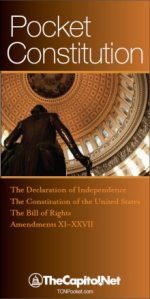
Pocket Constitution
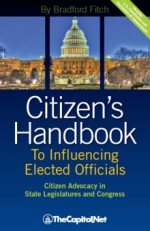
Citizen’s Handbook to Influencing Elected Officials: A Guide for Citizen Lobbyists and Grassroots Advocates
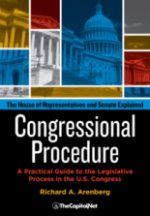
Congressional Procedure
CongressionalGlossary.com, from TheCapitol.Net
For more than 40 years, TheCapitol.Net and its predecessor, Congressional Quarterly Executive Conferences, have been teaching professionals from government, military, business, and NGOs about the dynamics and operations of the legislative and executive branches and how to work with them.
Our custom on-site and online training, publications, and audio courses include congressional operations, legislative and budget process, communication and advocacy, media and public relations, testifying before Congress, research skills, legislative drafting, critical thinking and writing, and more.
TheCapitol.Net is on the GSA Schedule, MAS, for custom on-site and online training. GSA Contract GS02F0192X
TheCapitol.Net is now owned by the Sunwater Institute.
Teaching how Washington and Congress work ™

